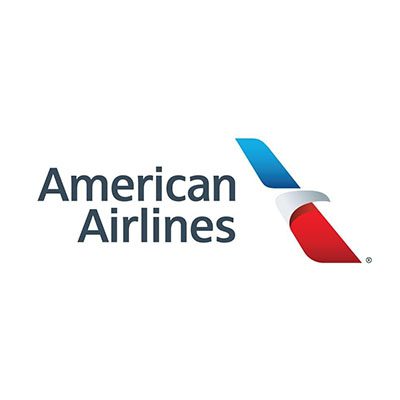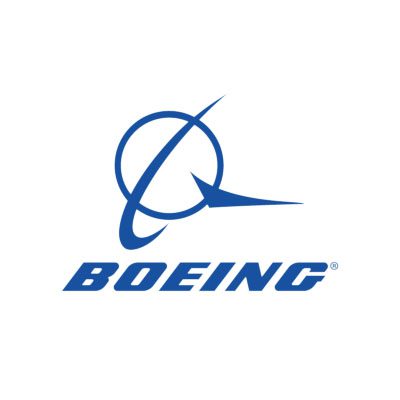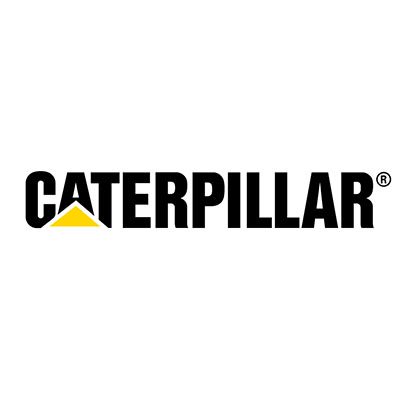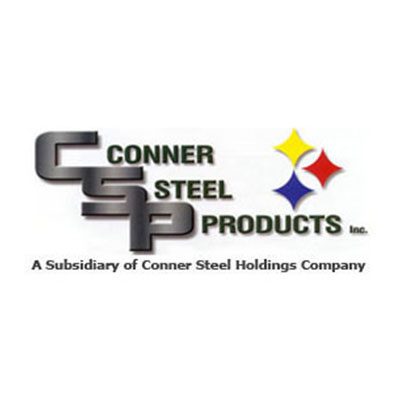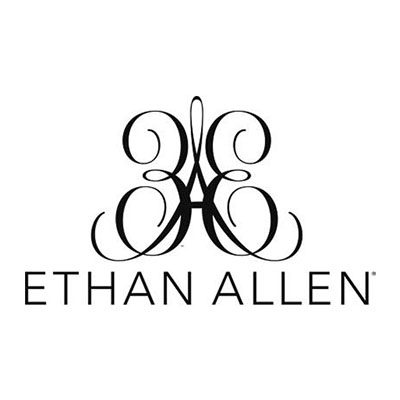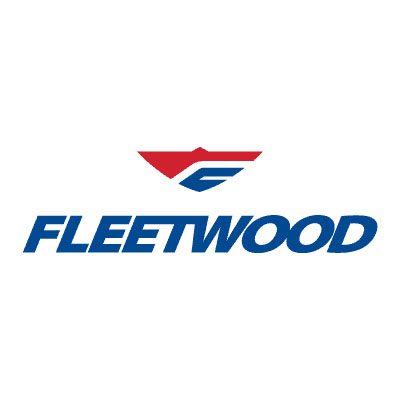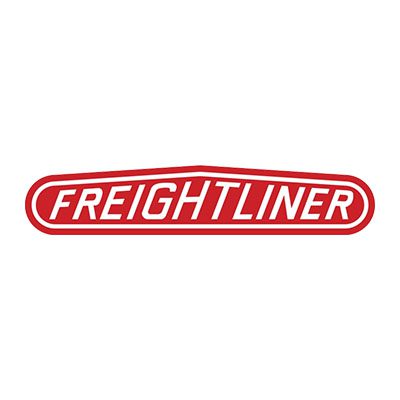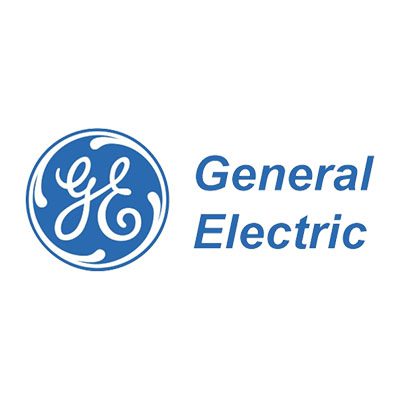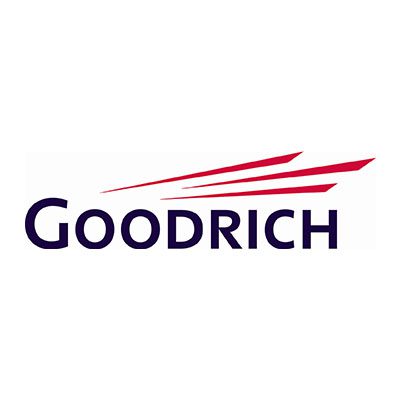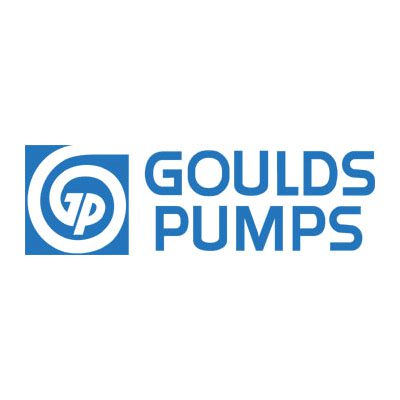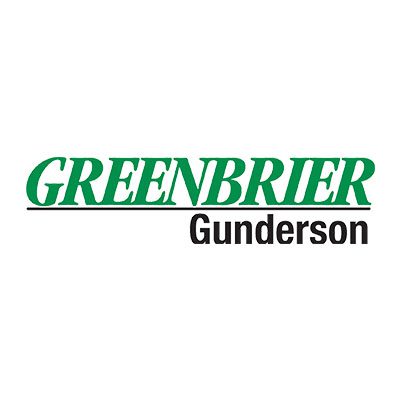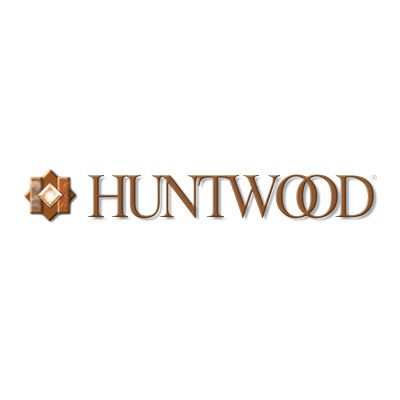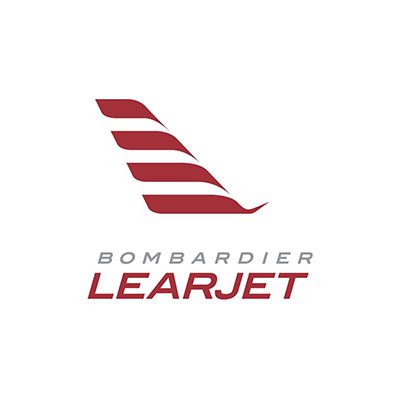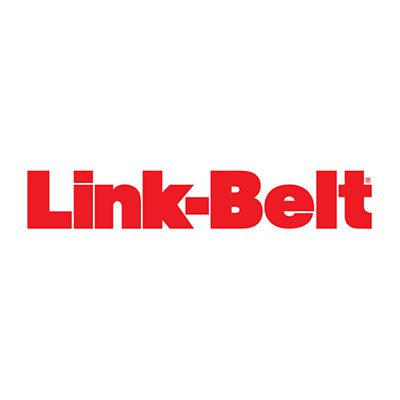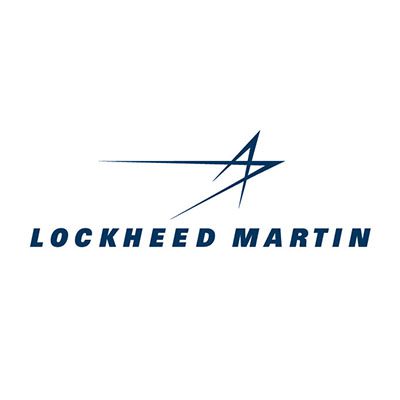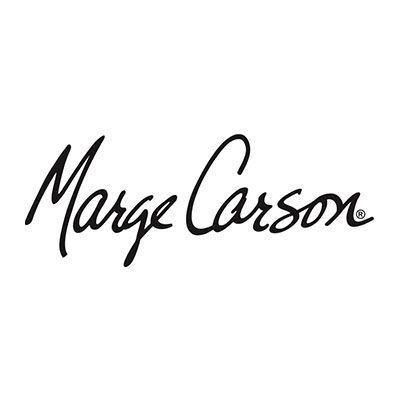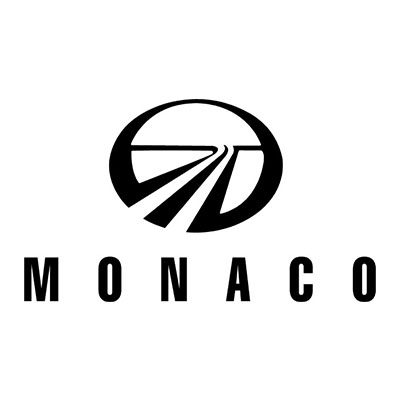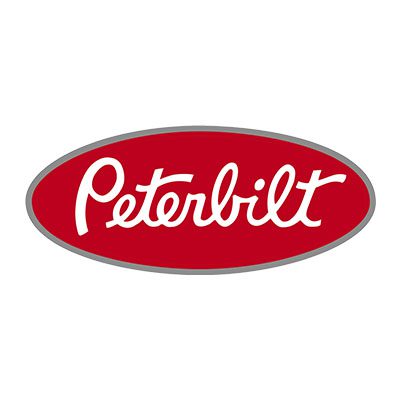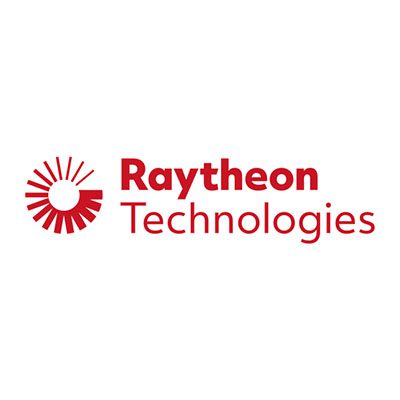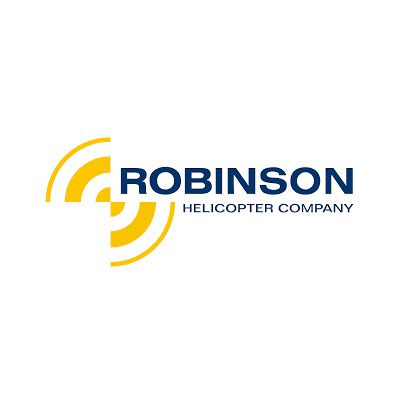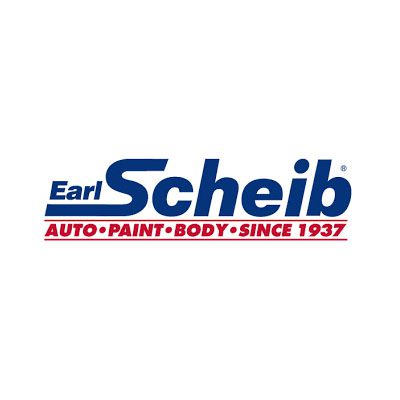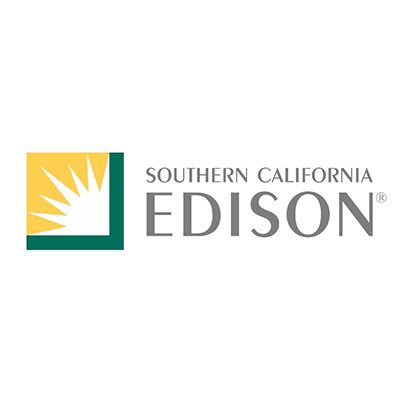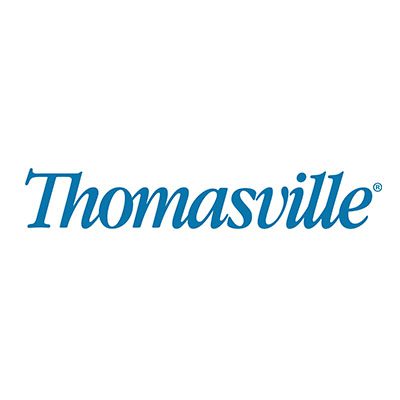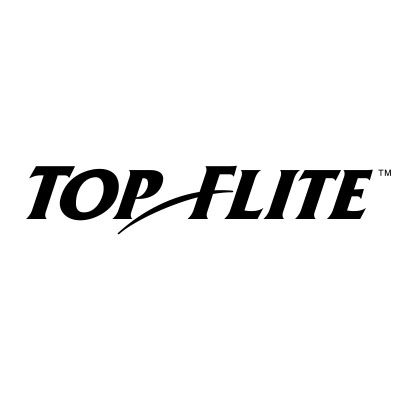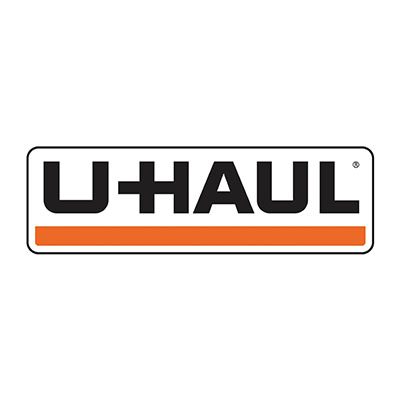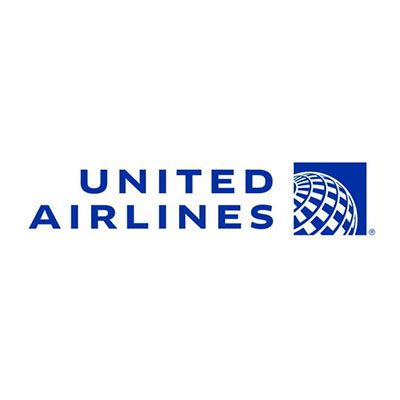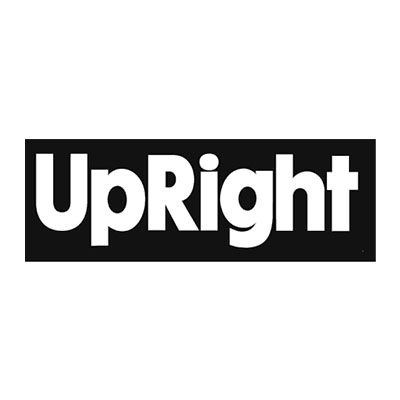Spray Booth Codes
Safety First
Spray paint booths are designed to keep the environment, your employees and your facilities safe. Booths are manufactured and installed to contain all hazardous materials. That means it is up to you, as a finisher, to ensure your booth and your operations comply with all applicable federal, state and local regulations. However, these regulations are vast in number and can be quite cumbersome to keep up-to-date. Below is a guide to help you navigate the different spray booth codes so your operations remain compliant and safe.
NFPA 33 Regulations
NFPA 33 is a fire safety standard set forth by the National Fire Protection Association, that specifically applies to large-scale, indoor spray paint applications. Applicators whose non-flammable coating or less than 1 liter over an 8-hour period are not subject to this code regulation.
The processes enforced by the NFPA 33 are put in place to mitigate the risk of fire in the workplace due to highly flammable paints and coatings. This includes fire suppression measures, ventilation requirements for flammable substances and the overall design of the spray booth.
View NFPA 33 Sections
Most Relevant to Your Business
OSHA Regulations for Spray Booths
The US Occupational Safety and Health Administration (OSHA) is the primary federal agency responsible for regulating safe spraying operations in the workplace, including air quality, fire control systems, protective equipment, lighting, acceptable levels of substance exposure and the separation of hazardous operations from the rest of the workplace.
OSHA’s regulations ensure employee safety, minimize health risks and reduce liabilities for facility owners. These regulations are updated on a regular basis, so the best way to ensure full compliance of your spray booth operations is to stay informed.
NESHAP Regulations
The National Emission Standards for Hazardous Air Pollutants (NESHAP) is a federal environmental safety regulation created by the Clean Air Act that is administered by the EPA. NESHAP regulations establish sustainability targets which are derived from companies that demonstrate exceptional sustainability practices in regards to hazardous air pollutants (HAPs).
Target Pollutant Ranges are determined on an industry basis, so an industrial manufacturing facility may be subject to different minimums than an aerospace company. The best way to ensure that your spray booth is fully compliant is to submit your HAP management processes, including your filtration systems and control technology to the EPA before purchasing a new spray booth.
Test your Spray Booth Code IQ
by Spotting the Code Violations
Compliance and Custom Booth Solutions
At Spray Systems, we understand that the design and implementation of your spray booth can be an extremely challenging and confusing process. It is our goal to provide you with important information to help that process go as smoothly as possible. Although designing the perfect spray booth is very important, designing the booth and complying with all federal and local safety codes are the most important steps in ensuring the long and continued success, productivity and efficiency of your spray application. We believe that keeping all these codes in mind during the design phase is the only way to prevent any complications down the road.
